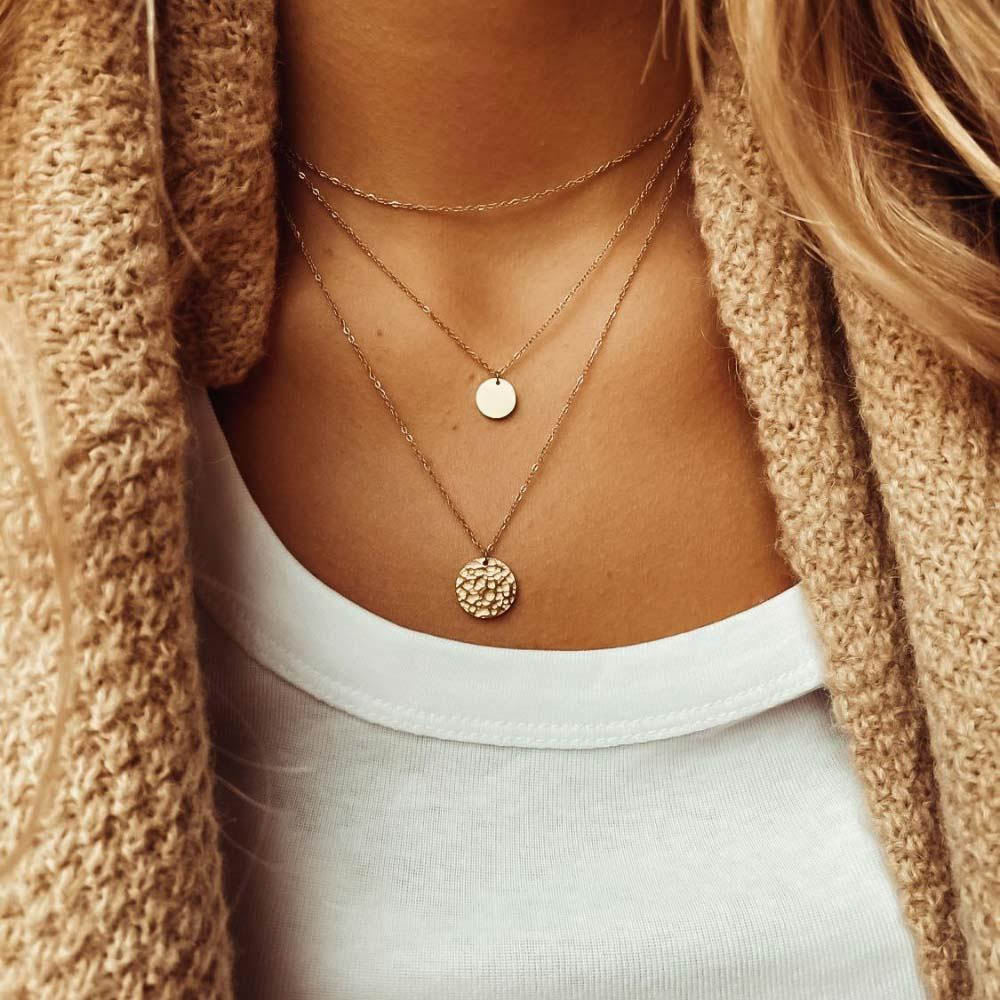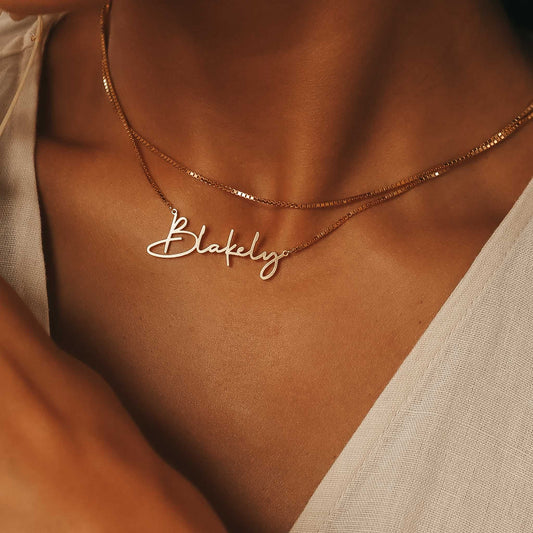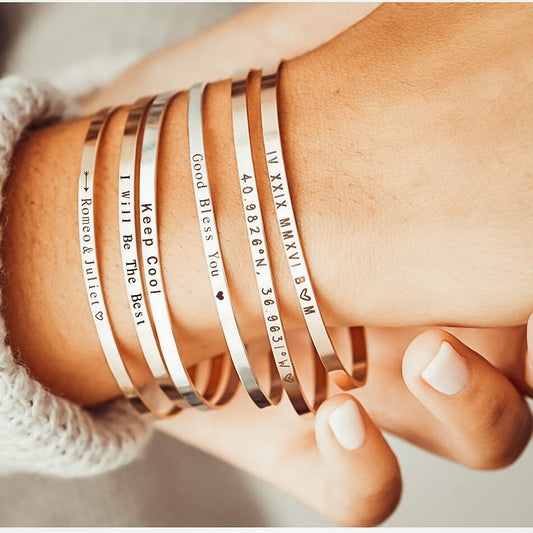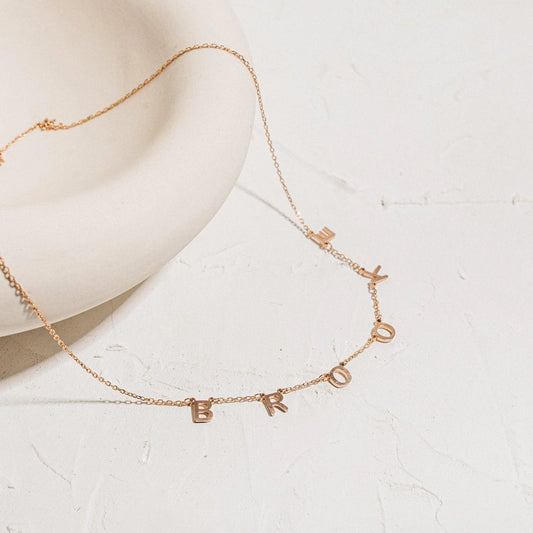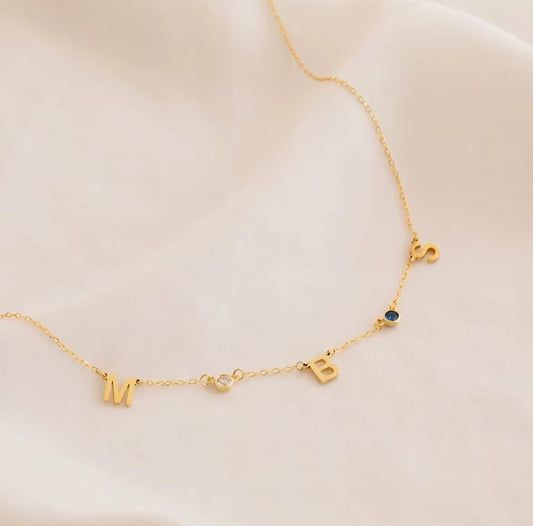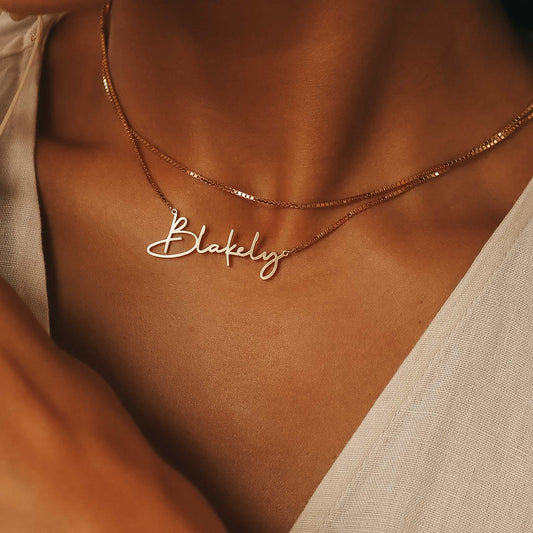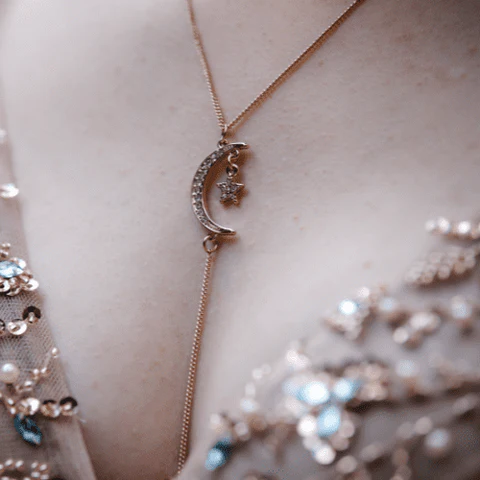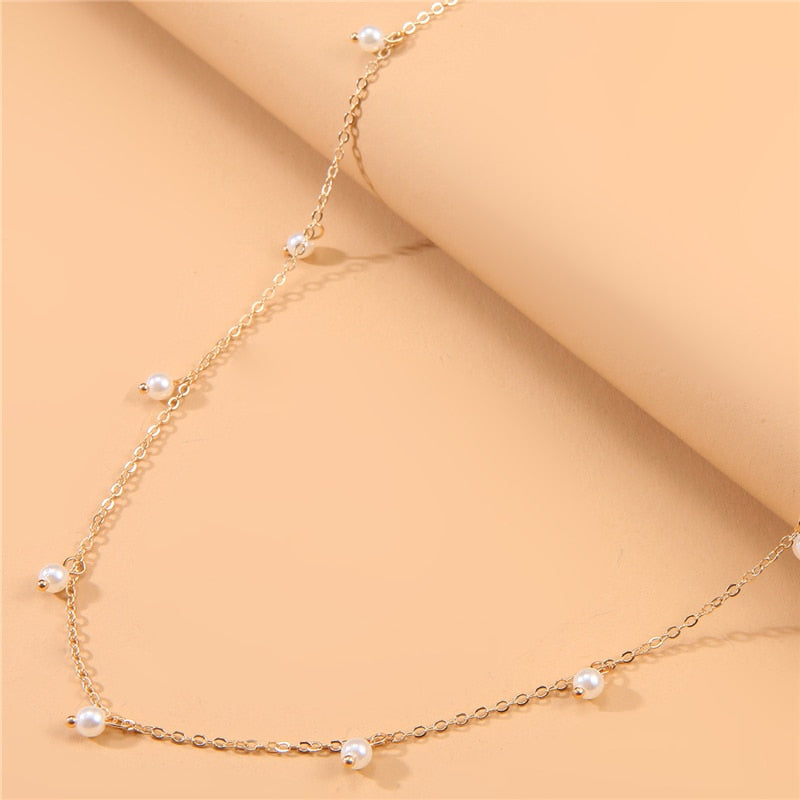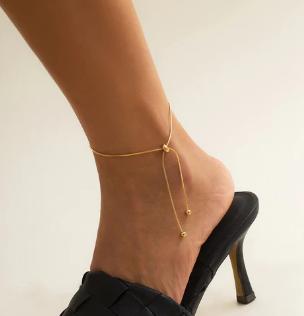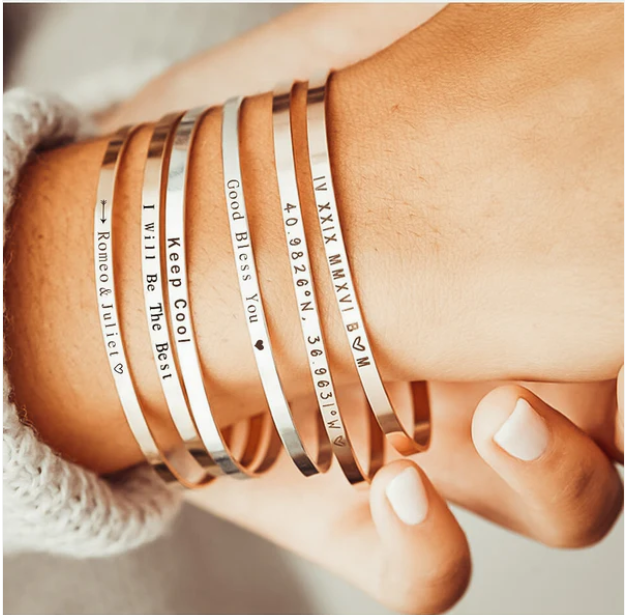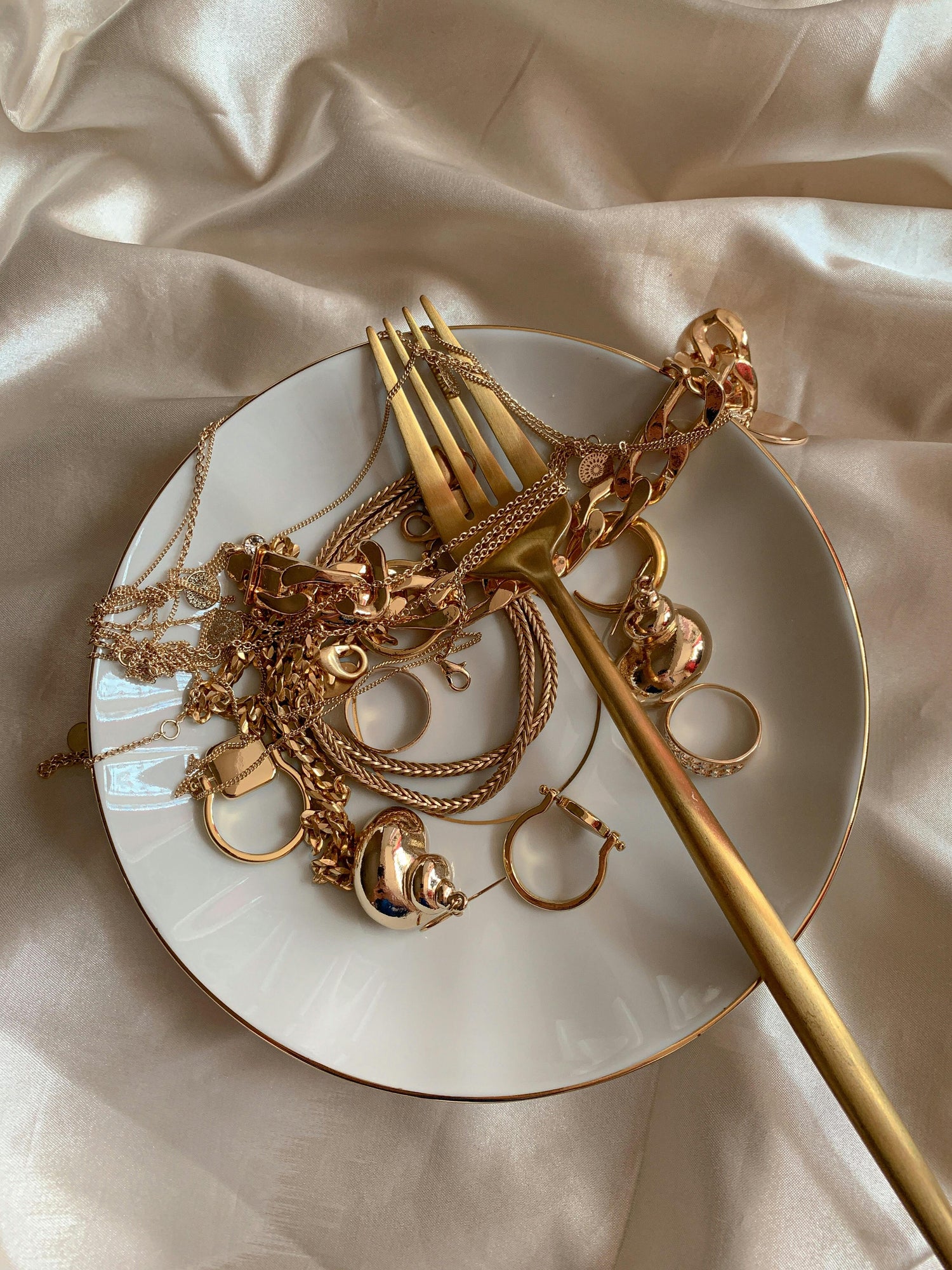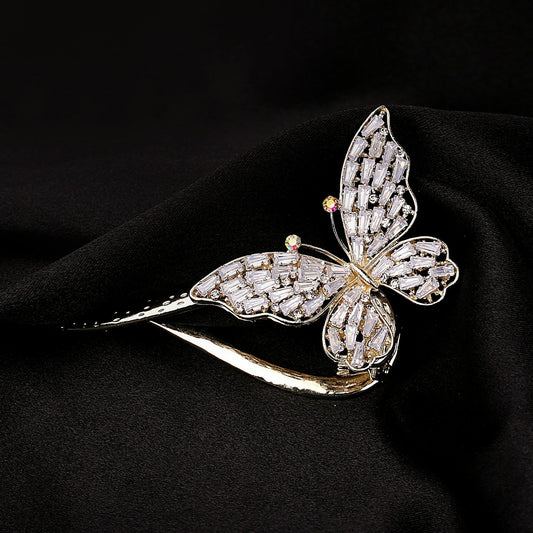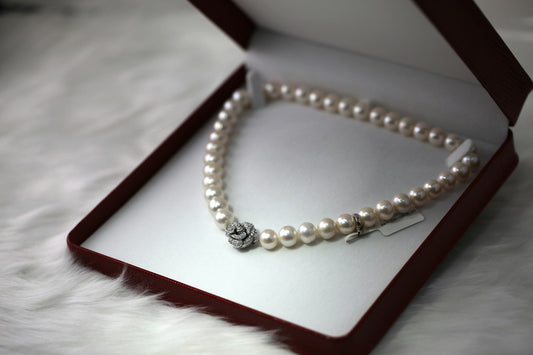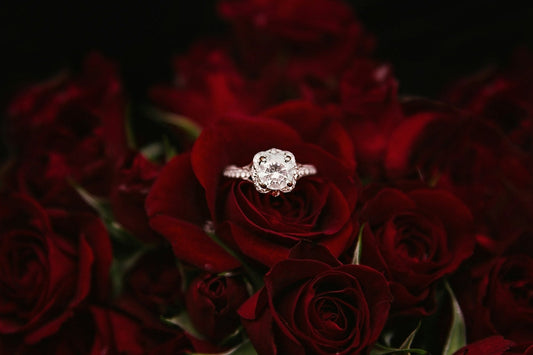
Choosing the perfect piece of jewelry involves more than just style – the metal plays a crucial role in its durability, appearance, and even your own comfort. At Ora Gift, we believe in helping you make informed decisions. This guide will explore some of the most common metals used in jewelry, highlighting their unique characteristics and considerations.
1. Gold
- The Classic: Gold is a timeless and universally recognized precious metal, symbolizing luxury and elegance.
- Types: Available in various colors like yellow, white, and rose gold, each achieved by alloying pure gold with other metals.
- Karat: Measures the purity of gold, with 24K being pure gold. Common jewelry grades include 10K, 14K, and 18K, indicating the proportion of pure gold.
- Pros: Durable, lustrous, hypoallergenic for most people.
- Cons: Can be relatively soft and may scratch more easily than harder metals.
2. Platinum
- The Precious Metal: Platinum is a rare and highly valuable metal, known for its exceptional durability and hypoallergenic properties.
- Characteristics: Naturally white, platinum is extremely strong and resistant to scratching and tarnish.
- Pros: Durable, hypoallergenic, maintains its luster, and holds gemstones securely.
- Cons: More expensive than gold.
3. Silver
- The Affordable Option: Sterling silver (92.5% pure silver) is a popular and affordable choice for jewelry.
- Characteristics: Known for its bright, lustrous shine, but can tarnish over time.
- Pros: Affordable, versatile, and widely available.
- Cons: Can tarnish easily, may not be as durable as precious metals like gold or platinum.
4. White Gold
- The Classic Alternative: White gold is an alloy of gold and other metals, such as nickel, palladium, or silver, to create a white color.
- Characteristics: Often rhodium-plated for an even brighter white finish, but the plating may wear off over time.
- Pros: Offers the beauty and value of gold with a white metal appearance.
- Cons: Rhodium plating may need to be reapplied periodically to maintain its luster. Some people may experience skin sensitivities to nickel in white gold.
5. Palladium
- The Modern Alternative: Palladium is a naturally white metal, similar to platinum but more affordable.
- Characteristics: Strong, durable, and hypoallergenic, making it a great choice for everyday wear.
- Pros: Naturally white, doesn't require rhodium plating, and maintains its luster over time.
- Cons: Less widely available than gold or silver.
6. Titanium
- The Strong and Lightweight: Titanium is a strong, lightweight, and hypoallergenic metal known for its durability and modern aesthetic.
- Characteristics: Resistant to scratches and tarnish, often used in men's jewelry and for active lifestyles.
- Pros: Durable, lightweight, hypoallergenic, and often more affordable than precious metals.
- Cons: Can be less versatile in terms of design compared to some other metals.
7. Stainless Steel
- The Everyday Metal: Stainless steel is a very durable and affordable metal, often used in everyday jewelry.
- Characteristics: Resistant to corrosion and tarnish, making it easy to maintain.
- Pros: Affordable, durable, and hypoallergenic.
- Cons: Can be less lustrous than precious metals.
Choosing the Right Metal for You
The best metal for you will depend on your personal style, budget, and lifestyle. Consider factors such as durability, comfort, and potential allergies when making your decision.
We encourage you to explore our collection of jewelry at Ora Gift, where you can find exquisite pieces crafted from a variety of metals to suit your unique taste.
